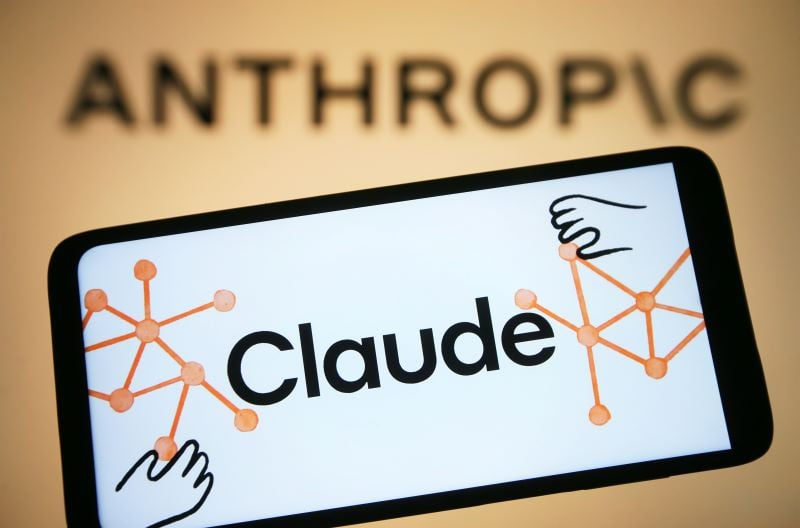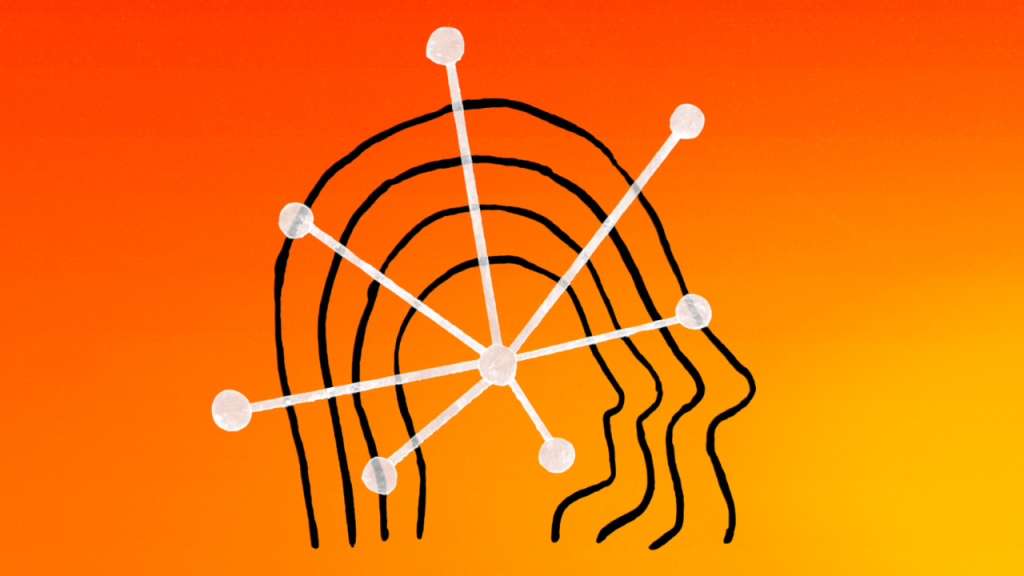Anthropic developed an impressive innovation through their work in designing smart computer software for businesses. The product is called Claude Research Mode. The new tool enables Claude AI to function as an authority that constructs various helper bots. Multiple helpers created by Claude unite their efforts to tackle major challenges.
The majority of AI instruments, including ChatGPT and Google’s Gemini, operate by answering questions and locating information. The operational mode for Claude stands apart from other versions. It does not just find facts. Claude approaches issues by deliberately moving from one step to the next as the human brain functions.
The climate change study task will cause Claude to establish companion bots that both acquire weather data and produce an official report. Right now, only a few people can test it, but everyone is excited about how it could change jobs like science, business, and healthcare.
Why Claude’s Research Mode Is Special
It Works Like a Human Team
Picture yourself working on a school project with friends who each take on different portions of the task. You request your friends to assist you with your tasks instead of working solo. The AI assigns different parts of the task to three helpers who perform research picture-drawing and report-writing tasks. Through its Research Mode procedure, Claude functions exactly like this system. AI distributes large assignment components to assistant robots that complete smaller operational duties.
These helper bots can do things like:
- Search the internet using Brave (a search engine)
- Remember important information
- Think carefully before answering
This makes Claude better at solving tricky problems, like planning a city’s traffic system or finding new medicines.

Tools That Make Claude’s Research Mode Smart
Claude uses special tools to act like a team. Here’s how they work:
1. Web Search Helper
The helper bots use Brave Search to find the newest information online. For example, if you ask about a breaking news event, they can find updates from many websites.
2. Memory Bank
Claude remembers what it learns. If you ask it to study a topic for a week, it won’t forget earlier findings. This helps it connect ideas over time.
3. Thinking Time
Before answering, Claude’s helpers take time to think. They check facts, compare data, and make sure their answers make sense.
4. Creating Helpers
The main AI can make new helpers anytime. If a task is too big, it says, “I need three helpers to finish this by Friday.”
When Can Everyone Use Claude’s Research Mode?
Anthropic hasn’t said when Research Mode will be ready for everyone. Right now, they are testing it to fix small mistakes. For example, they want to make sure helpers do not argue or repeat the same work.
Some people who tested it shared cool examples. In one test, Claude studied a forest fire. One helper checked weather maps, another read firefighter reports, and a third made a safety plan for animals. This shows how it could help in real emergencies.
From Compass to Research Mode: A Big Upgrade
Two years ago, Anthropic started a project called Compass. It was like a map that showed people where to find information. But now, Research Mode doesn’t just show the map. It walks the whole path with you.
Old Compass Example:
“Here are five articles about robots.”
New Research Mode Example:
“I read 20 articles about robots. Helper 1 says they’re used in hospitals. Helper 2 found a problem with the battery life. Should we focus on fixing that?”
This change makes Claude more useful for teachers, scientists, and engineers.
How This Affects Jobs and Everyday Life
Good Changes
- Faster Discoveries: Doctors could find cures for diseases quicker.
- Cheaper Research: Small businesses can study markets without hiring experts.
- School Projects: Kids can get help understanding hard topics like space or math.
Challenges to Fix
- Job Worries: Some people fear AI might replace human researchers.
- Wrong Answers: If helpers find bad information, Claude could make mistakes.
- Who’s Responsible? If AI gives advice that goes wrong, who is to blame?
Anthropic says they’re working on these issues. For example, they’re teaching Claude to say, “I don’t know” if the information is unclear.
A Fun Example: How Claude Helped a Pretend Science Fair
Let’s imagine a student named Mia. She’s doing a project on bees. Here’s how Claude’s Research Mode could help:
- Step 1: Mia asks, “Why are bees disappearing?”
- Step 2: Claude makes Helper 1 search for bee studies.
- Step 3: Helper 2 looks at weather patterns affecting bees.
- Step 4: Helper 3 suggests ways to protect bees, like planting flowers.
By morning, Mia has charts, maps, and even a list of bee-friendly plants for her garden.

What Comes Next for AI and Us
Anthropic inventions are like giving superpowers to researchers. However, the company knows AI must stay safe and fair. They’re meeting with teachers, scientists, and leaders to make rules for tools like Research Mode.
Future ideas include:
- Letting Claude work with robots for experiments.
- Teaching it to explain answers in simpler words.
- Adding video and picture searches.
The initiative does not intend to replace humans since it aims to develop intelligent assistants for them. The team at Anthropic desires AI to assist human intelligence just like how a bicycle enhances physical movement. Regarding machine intelligence, it functions as an aid tool that enhances your range of motion while requiring you to determine the destination.





